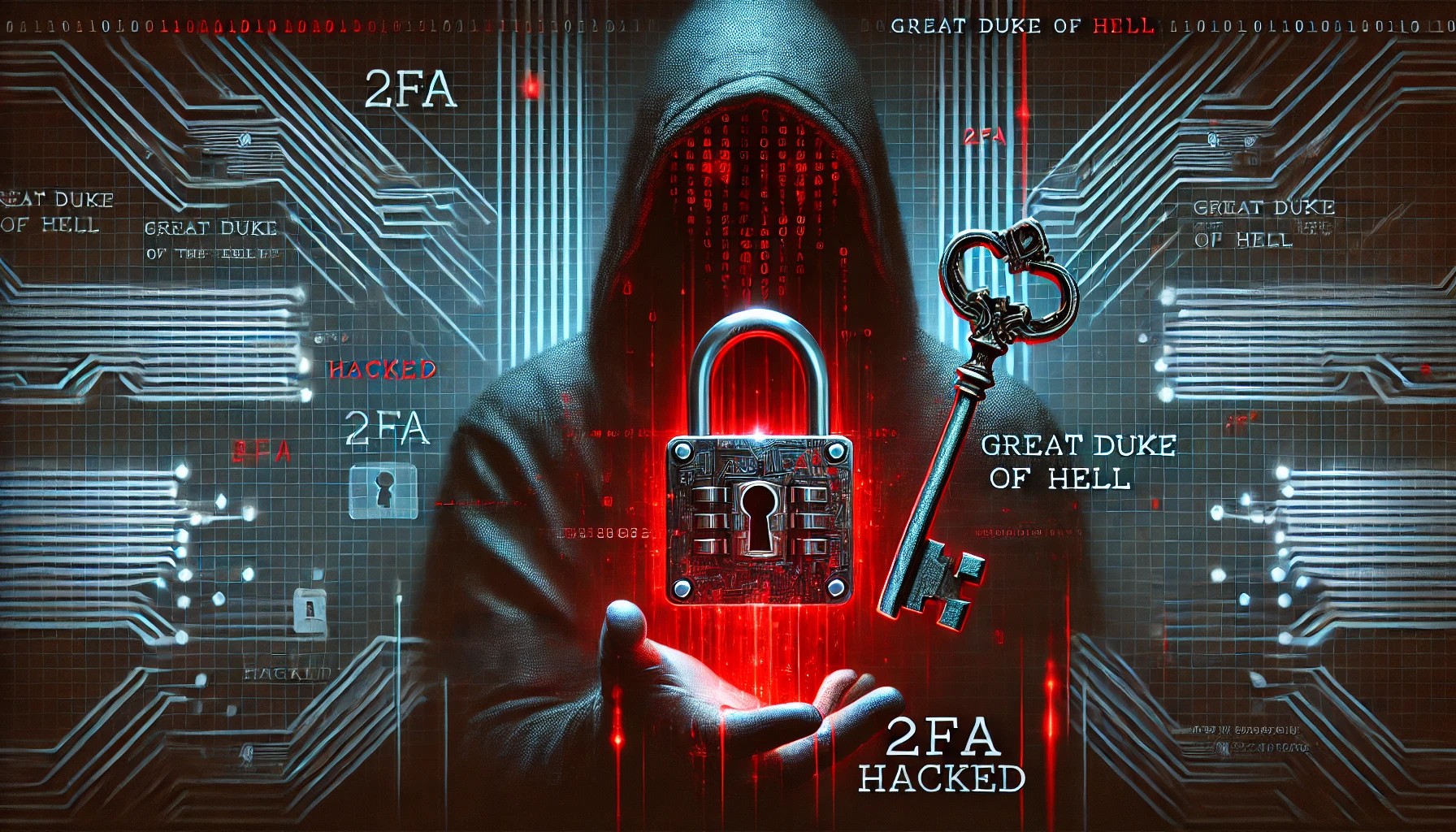Top 10 Tools Every Ethical Hacker Should Know in 2025

Ethical hacking is like being a digital detective—you uncover vulnerabilities before malicious actors can exploit them. But even the best detectives need the right tools. Whether you’re a student, a cybersecurity newbie, or a seasoned professional, mastering the right tools is key to success in ethical hacking.
In this guide, we’ll explore the top 10 tools every ethical hacker should know, from network scanners to password crackers. By the end, you’ll have a clear roadmap to start (or level up) your ethical hacking journey.
Why Tools Matter in Ethical Hacking
Ethical hackers use specialized tools to:
- Identify vulnerabilities in systems and networks.
- Simulate cyberattacks to test defenses.
- Analyze data to uncover hidden risks.
- Secure systems by patching weaknesses.
Let’s dive into the tools that make this possible.
1. Nmap
Best for: Network scanning and mapping
Website: nmap.org
What It Does
Nmap (Network Mapper) is the Swiss Army knife of network discovery. It scans networks to identify devices, open ports, and services running on them.
Key Features
- Detects live hosts and operating systems.
- Maps network topology.
- Supports scripting for advanced vulnerability detection.
Why You Need It
Nmap is essential for reconnaissance. It helps you understand what’s on a network and where vulnerabilities might exist.
Example Command:
nmap -sV 192.168.1.1 # Scans for services and versions on a target IP2. Metasploit
Best for: Penetration testing and exploitation
Website: metasploit.com
What It Does
Metasploit is a framework for developing, testing, and executing exploits. It’s used to simulate real-world attacks and test defenses.
Key Features
- Pre-built exploits for known vulnerabilities.
- Payload generation for remote access.
- Post-exploitation tools for maintaining access.
Why You Need It
Metasploit automates the process of exploiting weaknesses, making it a staple for penetration testers.
Pro Tip: Pair Metasploit with Nessus (a vulnerability scanner) to identify targets first.
3. Wireshark
Best for: Network traffic analysis
Website: wireshark.org
What It Does
Wireshark captures and analyzes network packets in real-time, letting you inspect data flowing through a network.
Key Features
- Filters traffic by protocol, IP, or keyword.
- Decrypts SSL/TLS traffic (with the right keys).
- Visualizes traffic patterns for easy analysis.
Why You Need It
It’s invaluable for detecting suspicious activity, like unauthorized data transfers or malware communication.
Example Use Case: Catching unencrypted passwords in HTTP traffic.
4. Burp Suite
Best for: Web application testing
Website: portswigger.net/burp
What It Does
Burp Suite is a toolkit for testing web app security. It intercepts and manipulates HTTP requests to find vulnerabilities like SQLi or XSS.
Key Features
- Proxy for intercepting requests between browsers and servers.
- Scanner for automated vulnerability detection.
- Intruder for brute-forcing endpoints.
Why You Need It
Web apps are prime targets for attacks. Burp Suite helps you uncover flaws before hackers do.
Pro Tip: Start with the Community Edition (free), then upgrade to Professional for advanced features.
5. John the Ripper
Best for: Password cracking
Website: openwall.com/john
What It Does
John the Ripper cracks passwords by testing combinations against hashes. It supports dictionary, brute-force, and rainbow table attacks.
Key Features
- Works on Windows, Linux, and macOS.
- Supports hundreds of hash types (e.g., MD5, SHA-1).
- Customizable rules for complex password cracking.
Why You Need It
Weak passwords are a common security flaw. John helps you test password strength ethically.
Example Command:
john --format=sha256 hashes.txt # Cracks SHA-256 hashes6. Aircrack-ng
Best for: Wireless network auditing
Website: aircrack-ng.org
What It Does
Aircrack-ng tests Wi-Fi network security by cracking WEP and WPA/WPA2-PSK encryption.
Key Features
- Captures wireless packets.
- Tests encryption weaknesses.
- Supports GPU acceleration for faster cracking.
Why You Need It
Wireless networks are often the weakest link. Aircrack-ng helps you secure them.
Pro Tip: Use it with a compatible Wi-Fi adapter in monitor mode.
7. Hydra
Best for: Brute-force attacks
Website: github.com/vanhauser-thc/thc-hydra
What It Does
Hydra performs rapid brute-force attacks on login pages, FTP, SSH, and other services.
Key Features
- Supports 50+ protocols.
- Multi-threaded for speed.
- Customizable attack parameters.
Why You Need It
It’s a quick way to test if weak credentials are exposing a system.
Example Command:
hydra -l admin -P passwords.txt ftp://192.168.1.1 # Tests FTP logins8. SQLMap
Best for: Automating SQL injection attacks
Website: sqlmap.org
What It Does
SQLMap automates detecting and exploiting SQL injection flaws in web apps.
Key Features
- Dumps database contents.
- Executes remote commands on the server.
- Supports multiple database systems (MySQL, PostgreSQL, etc.).
Why You Need It
SQL injection is a top web app vulnerability. SQLMap helps you find and fix it.
Pro Tip: Always test on authorized systems—never on live apps without permission.
9. Maltego
Best for: Open-source intelligence (OSINT)
Website: maltego.com
What It Does
Maltego maps relationships between people, domains, IPs, and social media profiles using public data.
Key Features
- Visualizes data in link charts.
- Integrates with APIs for real-time data.
- Identifies hidden connections (e.g., phishing domains).
Why You Need It
OSINT is critical for understanding attack surfaces. Maltego turns raw data into actionable insights.
Example Use Case: Tracing fake social media accounts to a source.
10. OpenVAS
Best for: Vulnerability scanning
Website: openvas.org
What It Does
OpenVAS (Open Vulnerability Assessment System) scans networks for known vulnerabilities and generates detailed reports.
Key Features
- Tests 50,000+ vulnerabilities.
- Scheduled scans for continuous monitoring.
- Prioritizes risks by severity.
Why You Need It
It’s a free, open-source alternative to Nessus, perfect for budget-conscious ethical hackers.
Pro Tip: Pair with Greenbone Security Assistant for a user-friendly interface.
Bonus: Kali Linux
Best for: All-in-one ethical hacking OS
Website: kali.org
Kali Linux is a Linux distribution pre-loaded with 600+ hacking tools, including all the tools above. It’s the go-to OS for penetration testers.
How to Get Started with These Tools
- Set Up a Lab: Use virtual machines (e.g., VirtualBox) to practice safely.
- Learn the Basics: Focus on one tool at a time (start with Nmap or Wireshark).
- Follow Tutorials: Platforms like Hack The Box or TryHackMe offer guided labs.
- Stay Legal: Only test systems you own or have explicit permission to hack.
FAQs
1. Is it legal to use these tools?
Yes, if used ethically and with permission. Unauthorized hacking is illegal.
2. What’s the best tool for beginners?
Start with Nmap and Wireshark—they’re foundational and user-friendly.
3. Do I need to pay for these tools?
Most tools listed here are free or open-source (except Burp Suite Pro).
Key Takeaways
- Nmap and Wireshark are must-haves for network analysis.
- Metasploit and Burp Suite are essential for penetration testing.
- Always practice in a controlled environment to avoid legal issues.
Final Thoughts
Ethical hacking is a superpower in today’s digital world. By mastering these tools, you’ll be equipped to protect systems, outsmart cybercriminals, and build a rewarding career.
Pro Tip: Join communities like Reddit’s r/ethicalhacking or Discord cybersecurity groups to learn from peers.
Ready to start hacking (ethically)? Pick one tool, dive into tutorials, and keep experimenting! 🚀

Imagine this: You’ve set up two-factor authentication (2FA) on all your important accounts—email, banking, social media. You feel secure, knowing…

Cybersecurity threats are rising, and ethical hackers are in high demand to protect systems and data. But how do you…